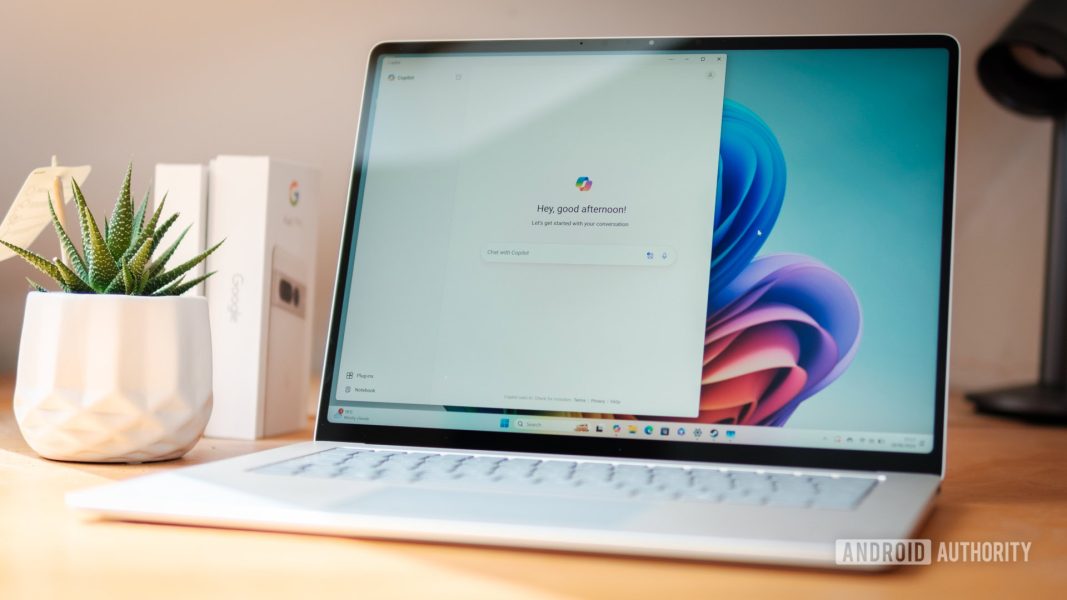Microsoft Windows BitLocker Vulnerability Exposes Passwords—Act Now – Forbes

Microsoft patches Windows BitLocker vulnerability.Password theft, by the billion, has been in the news recently, as has Microsoft’s desire to replace the security measure for all users. Security experts have now warned that a vulnerability impacting Microsoft’s Windows BitLocker encryption system could expose sensitive data, including your passwords, in unencrypted form. Here’s what you need to know and do to stay safe.The latest Microsoft Patch Tuesday security rollout on Jan. 14 hit the headlines for two reasons this month: three Windows zero-day vulnerabilities already being exploited by attackers and the sheer number of security issues confirmed in the security update itself. Among the 159 vulnerabilities listed as patched by Microsoft was one that somehow managed to avoid too much media attention. Let’s put that right by looking at it through the eyes of two security experts as it’s actually a pretty nasty one that could expose unencrypted data by exploiting an issue with how Windows BitLocker stores hibernation images in RAM.Microsoft itself called CVE-2025-21210 a Windows BitLocker information disclosure vulnerability, one that “could allow the disclosure of unencrypted hibernation images in cleartext.” So, what does that actually mean beyond the silent screaming of Windows users everywhere? Who better to ask than security professionals who know this stuff inside out?CVE-2025-21210, flagged as “exploitation more likely” by Microsoft, targets the Windows full disk encryption system, BitLocker. It is designed to keep your device secure offline, preventing threat actors with physical access from accessing any potentially sensitive data. “This vulnerability,” Kev Breen, senior director of threat research at Immersive Labs, said, “suggests that in some situations, hibernation images may not be fully encrypted and could be recovered in plain text.” Hibernation images are used when your laptop enters sleep mode, containing whatever contents were in RAM as it powered down. “This presents a significant potential impact,” Breen warned, “as RAM can contain sensitive data such as passwords, and credentials, that may have been in open documents or browser sessions and can all be recovered with free tools from hibernation files.”Meanwhile, Dr Marc Manzano, general manager of cybersecurity at SandboxAQ, said, “The recent Windows BitLocker vulnerability exposing AES-XTS encryption highlights the critical need for modern cryptography management solutions deployed at scale across IT infrastructures.” Solutions that, Manzano advised, should allow for the adjustment of encryption policies and implementation of updates swiftly, minimizing exposure to emerging threats. “Without these capabilities,” Manzano concluded, “businesses risk leaving vulnerabilities unaddressed, exposing sensitive data to potential exploits.”Breen conceded that there is an important caveat to be attached to the BitLocker vulnerability exploit threat: “physical access to the device is likely to be required, meaning laptop theft is the most likely source for threat actors to obtain devices.”Indeed, Microsoft said that “an attacker needs repeated physical access to the victim machine’s hard disk.” All of that said, it’s hard to disagree with Breen who concluded that “if you have users with sensitive data traveling often, then this should be a high priority to patch.” So, if you haven’t applied the latest Patch Tuesday fixes as of yet, now is the time to act.I have reached out to Microsoft for a statement.One Community. Many Voices. Create a free account to share your thoughts. Our community is about connecting people through open and thoughtful conversations. We want our readers to share their views and exchange ideas and facts in a safe space.In order to do so, please follow the posting rules in our site’s Terms of Service. We’ve summarized some of those key rules below. Simply put, keep it civil.Your post will be rejected if we notice that it seems to contain:User accounts will be blocked if we notice or believe that users are engaged in:So, how can you be a power user?Thanks for reading our community guidelines. Please read the full list of posting rules found in our site’s Terms of Service.



